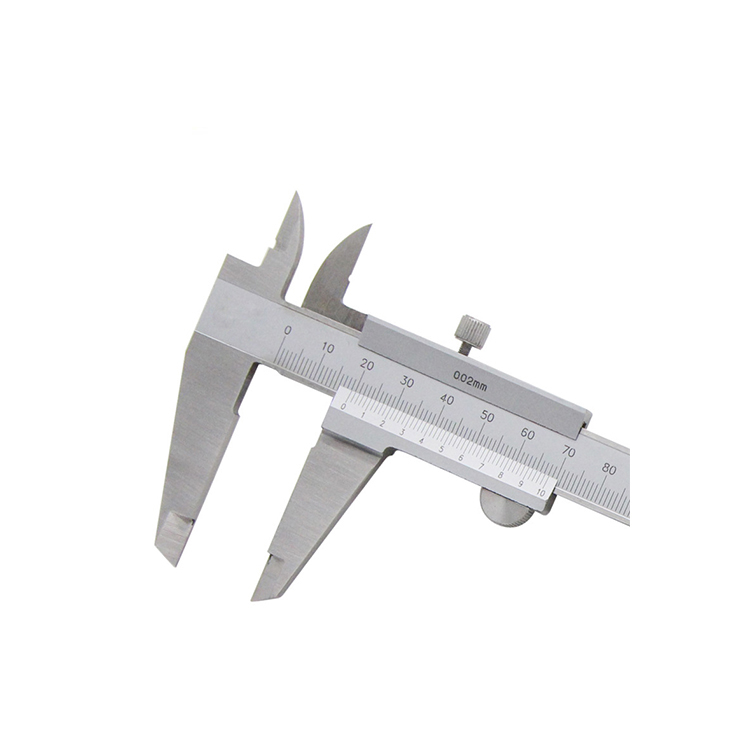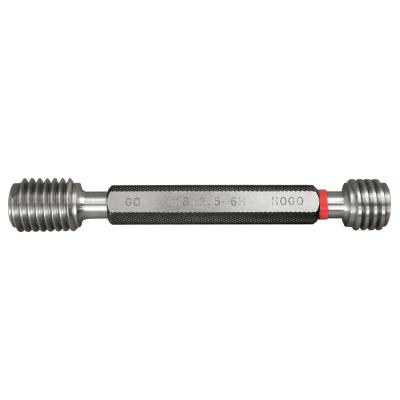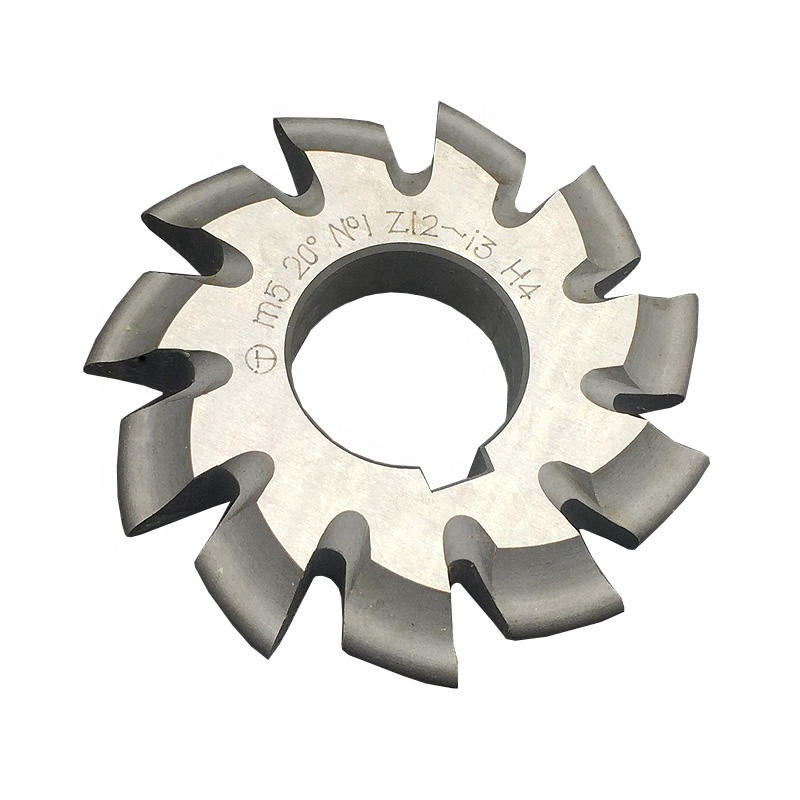expanding mandrel
An expanding mandrel is a workholding device used in machining and manufacturing to securely grip the inside diameter of a workpiece. It provides accurate centering and support during operations like turning, grinding, milling, and inspection. The mandrel expands to grip the bore tightly, allowing for precise and consistent machining.Understanding Expanding MandrelsExpanding mandrels are essential tools in various manufacturing processes. They are designed to provide a secure and accurate method for holding workpieces, especially those with internal diameters that need machining or inspection.What is an Expanding Mandrel?An expanding mandrel is a precision workholding device used to clamp a workpiece from the inside diameter. It typically consists of a tapered arbor that expands a set of sleeves or segments to grip the internal surface of the part. This provides a rigid and concentric hold, allowing for accurate machining operations.Types of Expanding MandrelsThere are several types of expanding mandrels, each suited for different applications: Solid Expanding Mandrels: These mandrels have a solid body with a tapered section that expands the gripping surface. They are suitable for general-purpose applications. Split Expanding Mandrels: These mandrels have a split body that allows for greater expansion and gripping force. They are often used for holding thin-walled parts. Collet Expanding Mandrels: These mandrels use a collet mechanism to expand and grip the workpiece. They offer high precision and are suitable for demanding applications. Air Expanding Mandrels: These mandrels use air pressure to expand the gripping surface. They are ideal for automated systems and high-speed machining. Hydraulic Expanding Mandrels: These mandrels use hydraulic pressure to expand the gripping surface. They provide high gripping force and are suitable for heavy-duty applications.Applications of Expanding MandrelsExpanding mandrels are used in a wide range of applications, including: Turning: Holding workpieces for external machining operations. Grinding: Providing accurate support for grinding internal or external surfaces. Milling: Securing parts for milling operations, ensuring precise alignment. Inspection: Holding parts for dimensional inspection and quality control. Gear Manufacturing: Supporting gears during hobbing, shaping, and grinding.Advantages of Using Expanding MandrelsUsing expanding mandrels offers several advantages over traditional workholding methods: High Accuracy: Provides accurate centering and concentricity. Secure Grip: Ensures a rigid and stable hold during machining. Reduced Vibration: Minimizes vibration, resulting in improved surface finish. Increased Efficiency: Simplifies setup and reduces cycle times. Versatility: Can be used for a wide range of workpiece sizes and shapes.Selecting the Right Expanding MandrelChoosing the right expanding mandrel for a specific application is crucial for achieving optimal results. Consider the following factors: Workpiece Size: Select a mandrel that can accommodate the internal diameter of the workpiece. Workpiece Material: Choose a mandrel material that is compatible with the workpiece material. Machining Operation: Select a mandrel type that is suitable for the specific machining operation. Accuracy Requirements: Choose a mandrel with the required accuracy and concentricity. Gripping Force: Select a mandrel with sufficient gripping force to prevent slippage.Expanding Mandrel ManufacturersSeveral reputable manufacturers offer high-quality expanding mandrels. Here are a few examples: Schunk: Offers a wide range of expanding mandrels for various applications. Emuge-Franken: Provides precision workholding solutions, including expanding mandrels. R?hm: Manufactures a variety of workholding devices, including expanding mandrels. Wayleading Tools: Offers standard and custom expanding mandrels for a wide range of industrial applications. Consider checking out their website at www.wayleading.com for more information. They specialize in providing high-quality tooling solutions.Maintenance of Expanding MandrelsProper maintenance is essential for ensuring the longevity and accuracy of expanding mandrels. Follow these guidelines: Cleanliness: Keep the mandrel clean and free from debris. Lubrication: Lubricate the moving parts regularly to prevent wear and corrosion. Inspection: Inspect the mandrel for damage or wear before each use. Storage: Store the mandrel in a clean and dry place when not in use.Troubleshooting Common IssuesHere are some common issues that may arise when using expanding mandrels and how to troubleshoot them: Slippage: Ensure that the mandrel is properly sized and tightened. Check for contamination on the gripping surface. Vibration: Reduce the cutting speed and feed rate. Ensure that the workpiece is securely clamped. Inaccuracy: Verify the accuracy of the mandrel and the machine tool. Check for wear or damage.Data and SpecificationsThe following table provides general specifications for a standard solid expanding mandrel. Parameter Value Unit Expansion Range 0.5 - 2.0 mm Concentricity 0.005 mm Material Alloy Steel - Hardness 58-62 HRC Note: These specifications are general and may vary depending on the manufacturer and model.ConclusionExpanding mandrels are indispensable tools for achieving accurate and efficient machining. By understanding their types, applications, and maintenance requirements, manufacturers can optimize their processes and improve product quality. Whether you're turning, grinding, milling, or inspecting parts, an expanding mandrel can provide the secure and accurate workholding you need.Disclaimer: This article is for informational purposes only. Always consult with a qualified professional before making any decisions related to machining or manufacturing.
Related products
Related products
Best selling products
Best selling products-
 QA Grooving & Cut-Off Holder With Right And Left Hand
QA Grooving & Cut-Off Holder With Right And Left Hand -
 Precision Monoblock Vernier Caliper Of Metric & Imperial For Industrial
Precision Monoblock Vernier Caliper Of Metric & Imperial For Industrial -
 CNMG & CNMM Turning Insert For Indexable Turning Tool Holder
CNMG & CNMM Turning Insert For Indexable Turning Tool Holder -
 TCT Annular Cutters With Weldon Shank For Metal Cutting
TCT Annular Cutters With Weldon Shank For Metal Cutting -
 HSS Metric & Inch Woodruff Keyseat Cutter With Straight Or staggered Teeth
HSS Metric & Inch Woodruff Keyseat Cutter With Straight Or staggered Teeth -
 HSS Inch & Metric Single Angle Milling Cutter For Industrial With Bright Or TiN Coated
HSS Inch & Metric Single Angle Milling Cutter For Industrial With Bright Or TiN Coated -
 Outside Micrometer Set Of Inch & Metric With Rachet Stop
Outside Micrometer Set Of Inch & Metric With Rachet Stop -
 HSS Metric Side Milling Cutter With Bright Or TiN And TiAlN Coated
HSS Metric Side Milling Cutter With Bright Or TiN And TiAlN Coated -
 Precision 2pcs Angle Blocks Set With High Quality Type
Precision 2pcs Angle Blocks Set With High Quality Type -
 Inch ER Collets With Hight Precision Milling
Inch ER Collets With Hight Precision Milling -
 Type D Ball Tungsten Carbide Rotary Burr
Type D Ball Tungsten Carbide Rotary Burr -
 Metric Thread Plug Gauge 6H Accuracy With Go & NO Go
Metric Thread Plug Gauge 6H Accuracy With Go & NO Go










